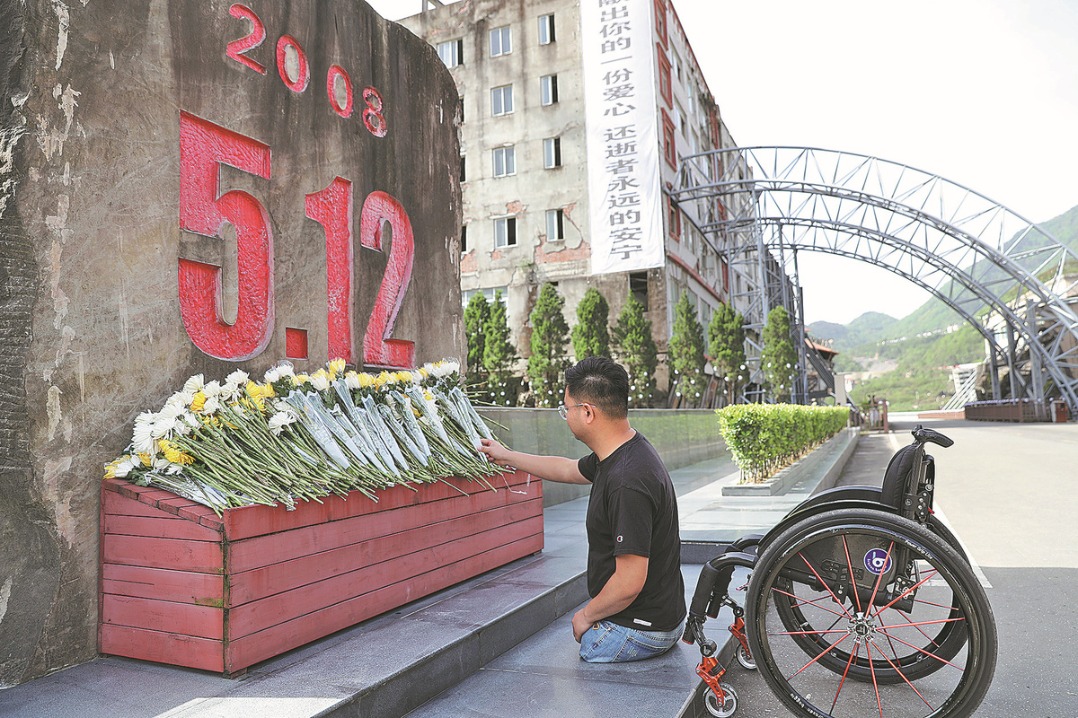Southeast Asia's future will ride on cooperation
By Ivy Kwek Ai Wei | China Daily Global | Updated: 2020-12-15 09:10

Though initially managing to curb the spread of COVID-19, Southeast Asian nations still need to be vigilant and work hard to avoid subsequent waves of the pandemic. Access to vaccines will be the immediate priority. And while multilateral cooperation is key, building trust is also needed.
Being more moderately affected by the pandemic than other parts of the world, Southeast Asia might be in a better position to bounce back from the crisis. But that will take bold and concerted efforts from its governments, which will need to spend wisely to prop up the economy and strengthen social protection systems.
In that regard, despite most countries' focus on a national-centric approach to recovery, it is more important than ever to reflect on how multilateral cooperation can help governments to achieve these national goals. The Association of Southeast Asian Nations, as the cornerstone multilateral regional architecture, must use its convening powers to conduct cooperation with other powers to propel the region forward and out of the pandemic-induced crisis.
Although the economic impact brought by measures to curb the virus is immense, ASEAN must seize this opportunity to deepen economic integration in the region. The ASEAN connectivity plan needs to be thrust into high speed to hasten infrastructure development. Digitalization, which has been the plan of the ASEAN Connectivity Blueprint, should be accelerated.
Most important, ASEAN must strive to help the region work toward a more sustainable, inclusive and resilient future. This requires governments to invest in the right sectors, such as green economy and technological advancement in line with Industrial Revolution 4.0, and to strengthen education and health systems.
In addition, COVID-19 has taught us a good lesson about the importance of diversifying supply chains and increasing the resilience of local industry, as well as enhancing food security and domestic production of essential items. These are areas where ASEAN can work together with other regional partners.
On the security front, ASEAN must manage tensions in the South China Sea and not turn the region into an area for conflict. The drafting of the code of conduct in the South China Sea, which is expected to be completed in 2021, would be a great milestone.
Some countries in the region seem to face a dilemma when the United States toughens its approach toward China on the geopolitical front, though a new US administration may soften its China position.
On the one hand, China is a neighbor and a major trading partner. Many Southeast Asian countries are beneficiaries of the China-proposed Belt and Road Initiative. On the other hand, the South China Sea remains a contentious issue for some countries. The dilemma will become more apparent as Southeast Asian states step up cooperation with China post-pandemic.
In that regard, China can play a positive role in helping Southeast Asia recover.
Southeast Asia, in particular Malaysia, has good relations with China despite disputes over the South China Sea. During his visit to Malaysia in September, Chinese Defense Minister Wei Fenghe said that China will "meet Southeast Asia halfway". His visit, which was followed by that of Chinese State Councilor and Foreign Minister Wang Yi in October, goes to show the importance of Southeast Asia in China's foreign policy.
Given that the COVID-19 nightmare can only be over with a vaccine, much work needs to be done to rebuild the economy and society. Post-pandemic partnerships between China and Southeast Asia should go beyond mask and vaccine diplomacy to rebuilding the region in the spirit of "build back better".
China can help Southeast Asia in enhancing its digital infrastructure and adopting the "Smart City" concept by investing and sharing its technology. Post-pandemic, there might also be a trend of more intra-Asian trade with near-shoring and the diversification of investment by multinationals. China should also work together with Southeast Asia to strengthen regional supply chains.
It goes without saying that the hurdle of a lack of trust due to asymmetrical size, geographical proximity and unresolved disputes should be overcome. Southeast Asian states welcome with caution any collaboration with any partners, instead of having to choose sides.
For ASEAN-China relations to go further, building trust will be essential. Indeed, opportunities for cooperation abound post-pandemic, and now more than ever, ASEAN and China must work closer together for our common future.
The author is research director at Research for Social Advancement, a think tank based in Kuala Lumpur.
























